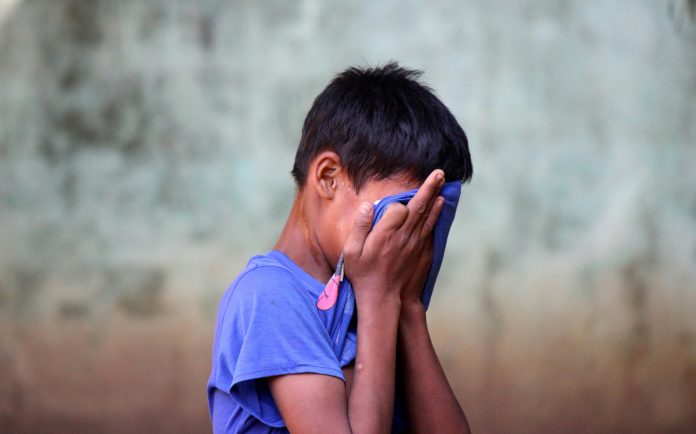Throughout recent years, there has been a growing concern regarding the mental health of young Americans, exacerbated by a heavy reliance on technology and significant global occurrences like the COVID-19 pandemic. For the past three decades, the Centers for Disease Control and Prevention (CDC) has been gathering data on the mental health of young individuals.
Nonetheless, the latest results for this year show a glimpse of optimism. Between 2021 and 2023, there has been a slight reduction in the percentage of youth reporting persistent feelings of sadness or hopelessness, dropping from 42% to 40%.
Marci Hertz, a senior advisor for school mental health at the CDC, expresses, “We were truly heartened to witness a small yet meaningful improvement in youth mental health. It indicates that the combined efforts of parents, schools, and professionals nationwide are beginning to have an impact.”
The Fluctuations of the Youth Mental Health Crisis
In 2019, the CDC had already expressed concerns about the mental wellness of young individuals, particularly teenagers in grades 9-12. When the COVID-19 pandemic hit a year later, the CDC observed a further decline in youth mental health, a trend also recognized by Scott A. Roth, PsyD, a school psychologist. The heightened focus on mental health following events like school violence and mass shootings may have led to an increase in diagnoses. Dr. Roth views the CDC’s recent data as a potential adjustment of course.
“Amidst school violence, mass shootings, and the pandemic, mental health has come to the forefront, resulting in greater recognition of warning signs and interventions,” explains Dr. Roth. “At times, ordinary stress responses are pathologized due to concerns they may indicate something more severe, potentially contributing to an upsurge in diagnoses and interventions.”
Despite a supposed shift away from pathologizing normal stress, Hertz acknowledges that other factors likely played a role in the recent progress, such as improved access to mental health services and initiatives aimed at fostering a sense of community and connection in educational institutions.
“Students need to know they are valued beyond just their academic performance—that there are individuals at school who genuinely care for them and with whom they can confide,” states Hertz. “We have been diligently working to implement these tactics, and we trust they have played a part in this favorable transformation.”
The Influence of Race and Gender on Mental Health
The general decrease in students experiencing feelings of sadness or hopelessness between 2021 and 2023 was also noticed within female, Black, and Hispanic subcategories.
Dr. Roth points out that there is still a trend where women feel more at ease seeking assistance from various sources like family, friends, or professionals, which serves as a protective factor. In contrast, male students may struggle due to outdated beliefs about toughness and masculinity. Progress is being made in breaking these stereotypes, but the change is not as rapid as desired.
Among trans and non-binary students, mental health issues can be particularly severe, often intensified by bullying and school violence. Recent CDC data reveals a decrease in the number of Hispanic students experiencing persistent sadness or hopelessness, poor mental health, or contemplating suicide. Similarly, there were fewer suicide attempts and injuries among Black students.
Continued Efforts Needed
While the data shows improvements, the CDC has highlighted concerns, particularly regarding bullying. The percentage of students reporting bullying at school has risen from 15% to 19%.
Dr. Roth remarks on the serious impact of bullying, which has been magnified by the digital age. He explains that conflicts now often involve messaging, social media, and cyberbullying, leading to increased reporting and consequences. Despite a temporary decrease during the pandemic, bullying levels have returned to pre-pandemic rates by 2023.
Advice for Parents
The CDC will continue to monitor this data to guide decisions in educational settings and beyond, providing support for parents and caregivers. Hertz stresses the significance of open communication and healthy habits within families.
Hertz suggests that listening without judgment, engaging in shared activities, and staying involved in their children’s lives, both online and offline, can positively impact their well-being. Dr. Roth emphasizes the crucial role parents play in their children’s mental health, underscoring the importance of teaching children problem-solving skills and resilience from an early age.


